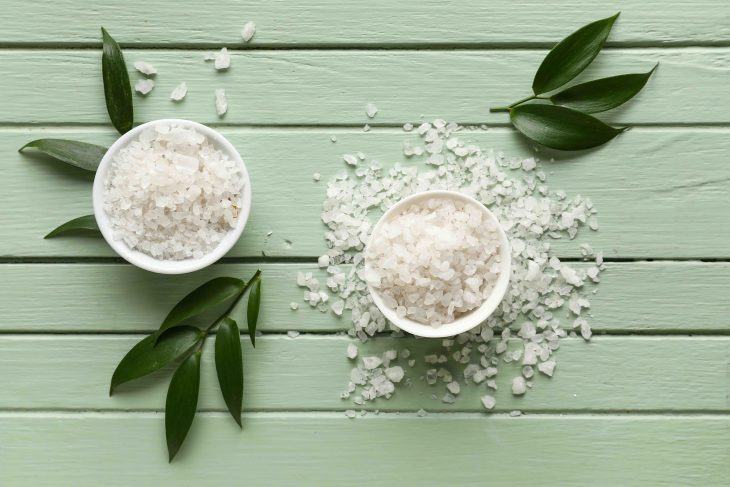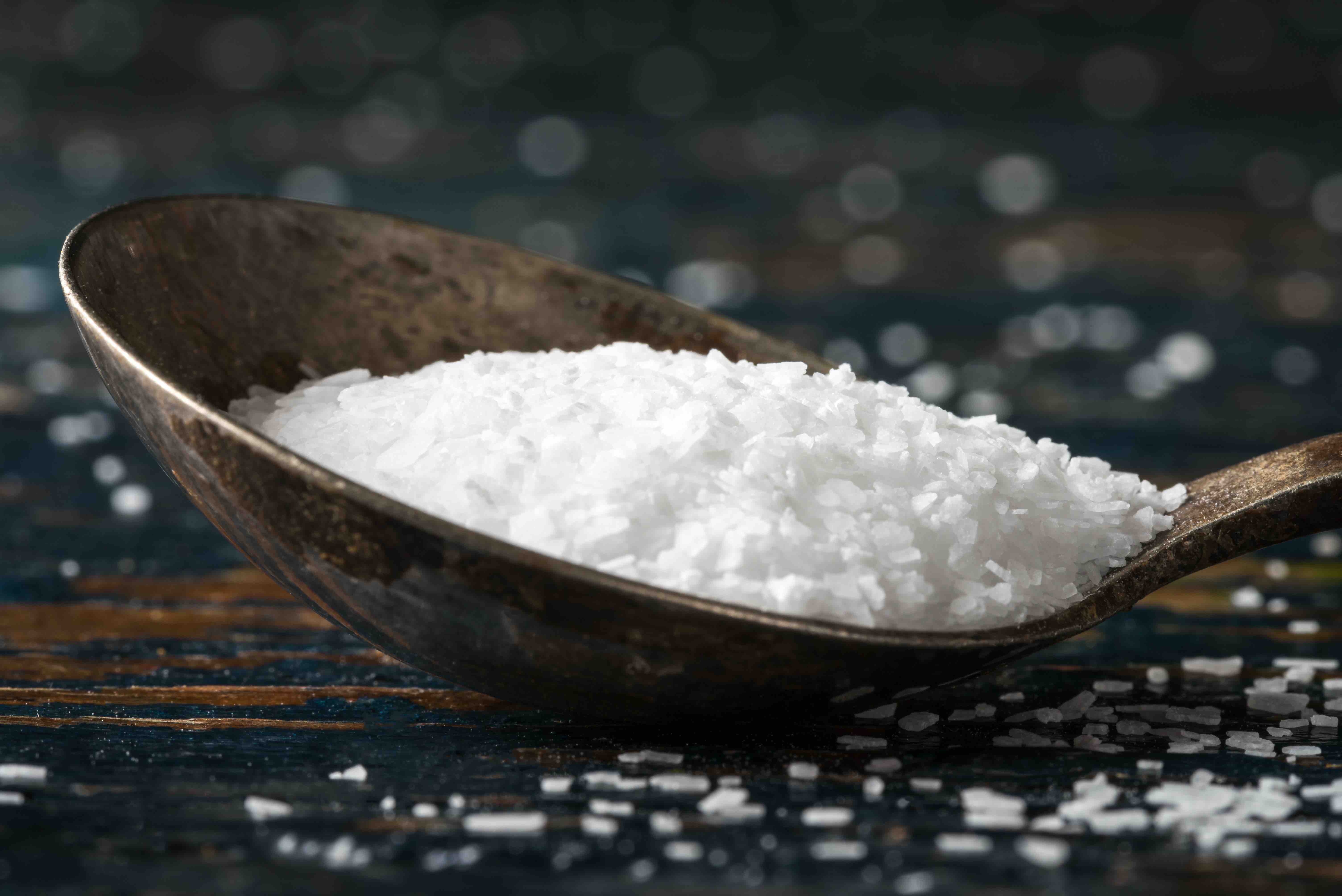
Salt, a common ingredient found in every kitchen, is so routine in its existence that we often take it for granted. However, this crystalline mineral has a rich history and offers a host of benefits and uses that extend beyond merely seasoning our food. From being a vital component of our bodies to playing a crucial role in world history, salt has numerous fascinating aspects worth exploring. Here are 10 facts about salt that will make you see this everyday item in a whole new light.
Salt is Essential to Life
Salt, chemically known as sodium chloride (NaCl), is vital for the survival of all living creatures, including humans. It plays a significant role in various biological processes, including transmitting nerve impulses, contracting and relaxing muscle fibers, and maintaining a proper fluid balance. Our bodies can’t produce salt, so it must be obtained from our diet.
Salt Has a Rich History
Salt’s value was recognized early in human history. It was used as a form of currency in ancient times. The word ‘salary’ is derived from the Latin word ‘salarium,’ which was the money allotted to Roman soldiers to buy salt, a highly prized commodity. In some cultures, salt was so valuable it was equivalent to gold.
Variety of Salts
Not all salts are created equal. There’s a variety of salts available, each with its unique characteristics. For example, table salt is heavily refined and usually contains an added anti-caking agent. Sea salt is produced by evaporating seawater and often contains trace minerals from the ocean. Himalayan pink salt contains additional minerals and trace elements that give it its unique color.

Salt and Food Preservation
Before the advent of refrigeration, salt was crucial in food preservation. Its ability to dehydrate food and create an inhospitable environment for bacteria helps prevent spoilage, extending food’s shelf life. Today, it’s still used in processes like curing meats and pickling.
The Sodium Debate
While salt is necessary for our bodies, too much sodium can lead to health issues like high blood pressure, heart disease, and stroke. According to the American Heart Association, the recommended daily intake of sodium for adults is no more than 2,300 milligrams, about one teaspoon of salt, with an ideal limit of 1,500 milligrams.
Salt Around the World
Salt pans and mines can be found worldwide, from the sea salt harvested on the coast of Brittany, France, to the rock salt mines in Khewra, Pakistan, the world’s second-largest salt mine. Each region’s salt production process contributes to the variety of salts available today.
Salt and Industry
Beyond the kitchen, salt is indispensable in various industries. It’s used in manufacturing glass, producing soap, dyeing fabrics, and even in oil drilling. In colder regions, salt is also used to de-ice roads and pavements during winter.
Salt and Iodine
Table salt often has iodine added, a practice that began in the U.S. in the 1920s to prevent iodine deficiency, which can lead to health problems like goiter and intellectual and developmental disabilities. Today, about 70% of households worldwide use iodized salt.
Kosher Salt
Despite its name, kosher salt isn’t necessarily ‘kosher’ in the sense that it meets Jewish dietary law standards. It’s named so because its coarse, flaky crystals are good for drawing out blood in the koshering process of meat. It’s popular in cooking because of its texture and how it evenly distributes flavor.

The Flavor Enhancer
Salt doesn’t just make things salty. It suppresses bitterness, enhances sweetness, and rounds out other flavors, making it an essential tool in the culinary world. This is why a pinch of salt can even improve sweet dishes like cookies and cakes.
Final Word
From history and biology to gastronomy and industry, salt’s multifaceted presence in our lives is undeniable. This humble, yet potent mineral continues to season our food, our history, and our lives in myriad ways. The next time you sprinkle some salt over your meal, remember the journey it has taken from the depths of the earth or sea to your table—a journey as rich and diverse as the grains themselves.
Was this page helpful?
Our commitment to delivering trustworthy and engaging content is at the heart of what we do. Each fact on our site is contributed by real users like you, bringing a wealth of diverse insights and information. To ensure the highest standards of accuracy and reliability, our dedicated editors meticulously review each submission. This process guarantees that the facts we share are not only fascinating but also credible. Trust in our commitment to quality and authenticity as you explore and learn with us.
